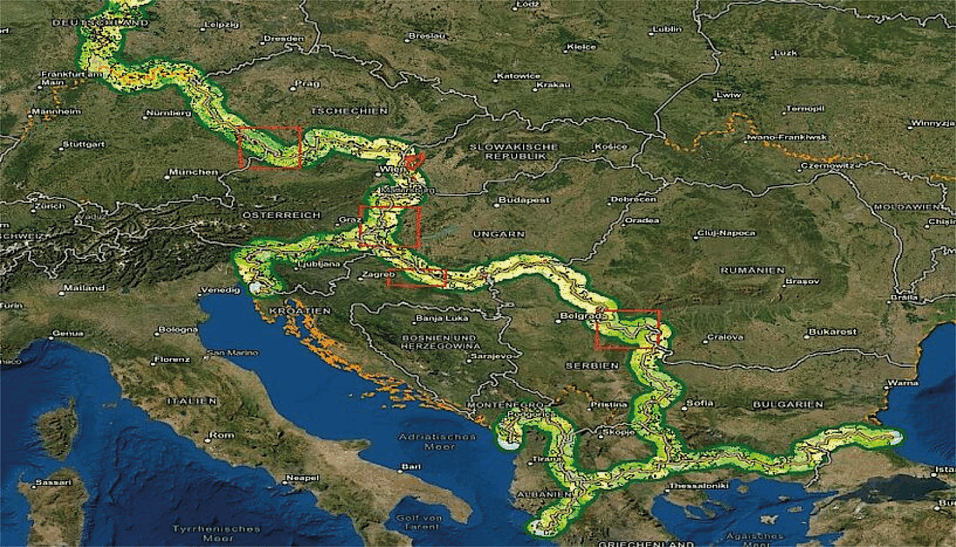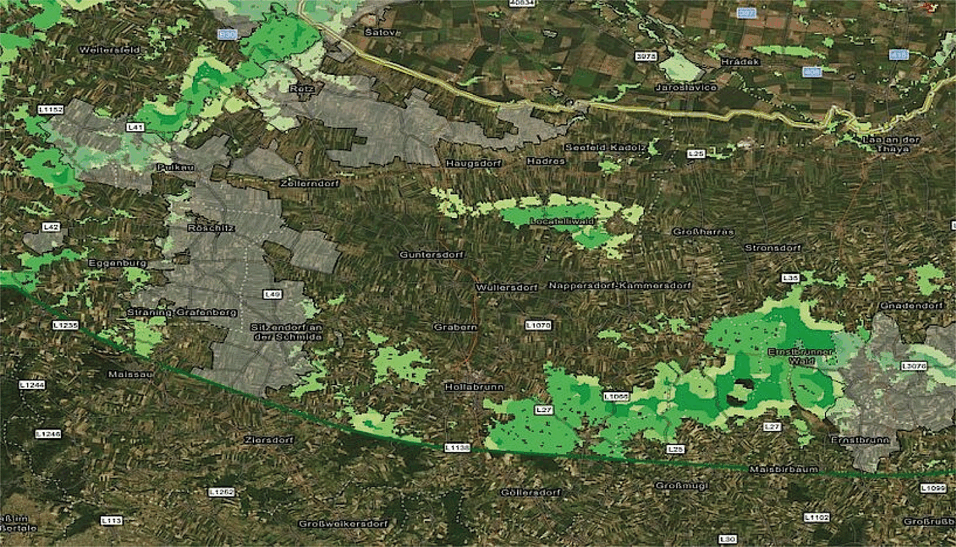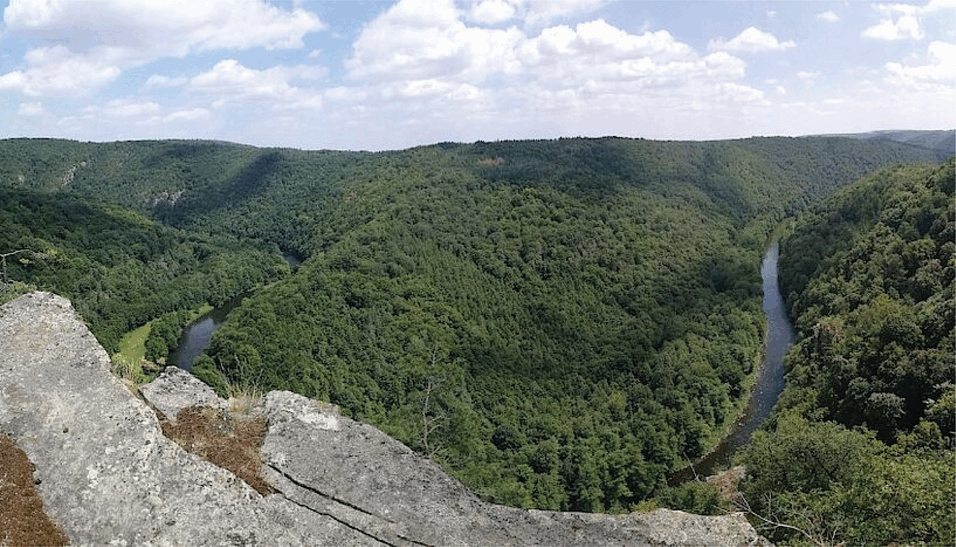The European Green Belt (EGB), a nature conservation initiative encompassing the former border area of the "Iron Curtain", is one of the largest interconnected systems of protected natural areas in Europe. In the Interreg project "DaRe to Connect (D2C)" the University of Vienna, together with ten partner organizations from eight European countries in the Danube region and with the participation of the Federal Environment Agency, developed recommendations to connect these natural areas even better in the future. At a final conference, the project partners presented strategies for a common European protection strategy and suggestions for how the largest European habitat network could be closed.
Until the fall of the Iron Curtain in 1989, a fascinating strip of wilderness emerged in many border regions along rivers and forests, through lowlands and high mountains. Over a period of almost 40 years, this zone, covering some 6,800 kilometers, became the retreat for many rare animal and plant species – hence the European Green Belt was born. Austria has a share of almost 1,300 kilometers in this Green Belt. It encompasses valuable natural areas: From the Bohemian Forest to Lake Neusiedl, from the March-Thaya floodplains to the Dobratsch.
The path to connectedness
Within the framework of "DaRe to Connect", innovative remote analyses of the ecological connectivity and ecosystem potential of the Green Belt have taken place over the last three years using novel technical approaches and satellite data. These studies were carried out by the Landscape Ecology Research Group of the Department of Botany and Biodiversity Research at the University of Vienna in cooperation with experts from the Federal Environment Agency. The results served as a basis for the development of specific regional guidelines and recommendations for the planning and implementation of ecological corridors on a regional and super-regional level. National and local stakeholders from six pilot regions of the Danube area were closely involved in the discussion and elaboration of these guidelines and their implementation as well as in decision-making processes and executive planning.
Leading by example
The project, which was started in 2018, has paved the way for a declaration aiming at preserving, enhancing and developing the Green Belt as the backbone of ecological connectivity and biodiversity in Europe. The project partners officially committed to these goals and signed the declaration during the final event, which was attended by 65 participants from ten EU countries.
In the course of the final conference, geographic areas that have a particular need for action in terms of connectivity and consequently the functionality of the transnational network of green infrastructure were highlighted. These "Areas of Action" were identified on the basis of analyses on ecosystem services and connectivity function, considering different policy guidelines and strategies (Common Agricultural Policy (CAP), Biodiversity Strategy, Restoration Targets, etc.). Furthermore, practical examples of implementation from the six pilot regions of the project were presented by the regional experts* stressing the need for an integrated management approach for a functional connection of Green Belt protected areas.
However, these valuable but isolated efforts will not be enough to secure the European network of protected areas. Therefore, the decision-makers of the countries, which are part of the Green Belt, were urged to integrate the goal of a multifunctional, Europe-wide network of protected areas into their respective national spatial development plans. Furthermore, they should create appropriate economic conditions and incentives that, together with agriculture and forestry, will make it possible to continue to guarantee this irreplaceable green infrastructure and to preserve biodiversity. The importance of this transnational green corridor is further illustrated by the concluding appeal to decision-makers to support the nomination of the Green Belt as a UNESCO World Heritage Site.
The results of the project will be bundled in a joint strategic vision "Green Belt in the Danube Region 2030", which should serve as a basis for long-term protection.
The project is funded by Interreg Danube Transnational Programme as part of the European Regional Development Fund and the Instrument for Pre-Accession Assistance (ERDF, IPA).



